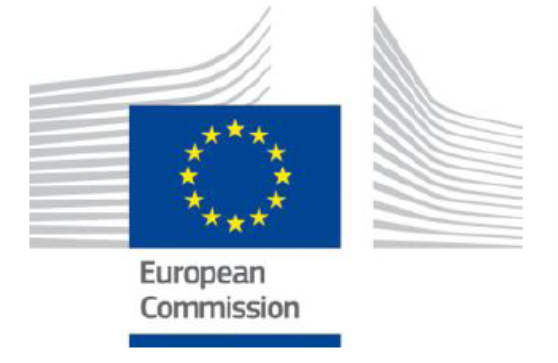The Economic Sentiment Index (ESI) compiled by the European Commission eased up in August* for both the EU and the Euro-zone. At the EU level, there was an improvement in confidence for industry, services and retail trade while construction and consumers confidence were broadly stable.
The European Commission (EC) draws from a range of surveys to construct confidence indicators for five sectors of the economy and then uses these to calculate up its Economic Sentiment Indicator (ESI) which is converted to an index based on the long-run average.
As noted in the introduction, confidence in the industry sector rose in the latest reading. This calculation is based on three questions and the increase came mainly thanks to a strong improvement in expectations for production over the coming 3 months and a smaller rise in the assessment of stocks of finished products. However, this was partly off-set by a worsening of the view of the current level of order books and this has to be a concern since it appears to be incompatible with the predicted increase in output.
There are two other questions which are not included in the calculation of industry confidence and these showed a stable position for output over the previous 3 months and a notable improvement in export order books – again, this is somewhat at odds with the view on current total orders.
Amongst the largest EU economies, the ESI improved significantly in France (+4.3 points), although this may be influenced by the positive impact of the Olympics which we also saw in the flash PMI figures for their service sector (but not in manufacturing) last week. Elsewhere, there were also increases in the ESI for Spain (+1.3) and the Netherlands (+0.9), with a smaller rise for Poland (+0.3); Germany (-1.7) and Italy (-1.2) recorded a sharp fall.
As noted above, the ESI is calculated against the long-run average, so we can look at the position of the individual countries against their own historical situation which is the best way to compare between countries. In the latest report, ten Member States have an ESI above 100 in this survey – these were Bulgaria, Croatia, Cyprus, Greece, Lithuania, Netherlands (both of which have risen into this list this month), Portugal, Romania, Slovakia and Spain; in addition, Denmark (whose ESI fell) and Poland (thanks to a small increase) were exactly at 100.0, while Italy dropped below this threshold in August*. The EU candidate countries also participate in this survey, with Albania, Montenegro and Serbia also having an ESI reading above their respective long-run averages, but North Macedonia fell back below that level.
* Note that although dated August, the data collection period was from 1st to 22nd, so the trends really refer to July and the 3-month periods of May to July and August to October.You can download the EC report and statistical annex from their website at https://economy-finance.ec.europa.eu/economic-forecast-and-surveys/business-and-consumer-surveys/download-business-and-consumer-survey-data/press-releases_en (open the 2024 box) or you can request it from MTA.

